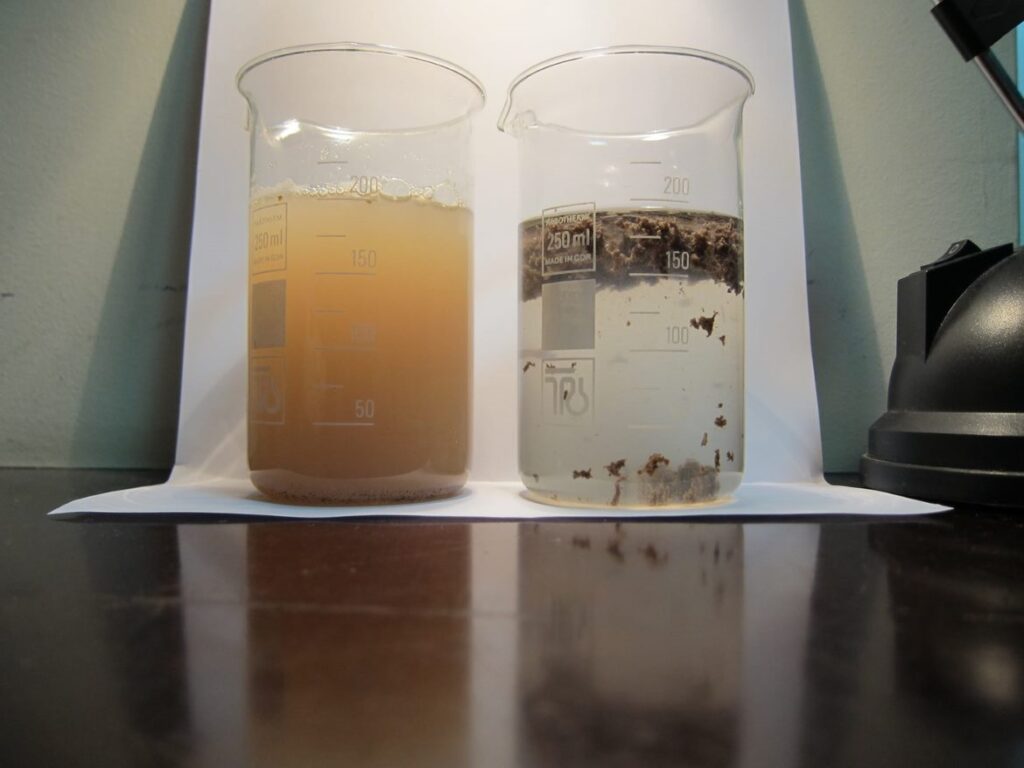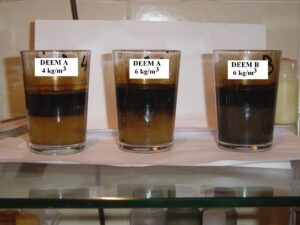
Clean water - through safe chemicals
Categories
Municipal water treatment and sludge dewatering
For municipal waste water sector we offer Selection and supply of flocculants for sludge dewatering and conditioning , consulting and solving problematic cases, where usual polymers do not yield satisfactory results, consulting and selection of physical-chemical waste water treatment schemes for municipal WWTP.
Industrial waste water and sludge dewatering
Ecochemicals offers service and chemicals supply for industry effluent treatment, liquid-solid, and liquid - liquid phase separation.
Experienced stuff of Ecochemicals offers full service in determination the most effective reagents and their dosages. We provide consultations, which are based on our long term experience plus laboratory and industrial trials.
In case of variations of the process characteristics and as a result decrease efficiency of reagent program, we will immediately repeat experiments and offer the best alternative on changed process. So thats why our customers can be sure that for them will be available the highest quality products and well-timed professional consultations.
Main industries where UNAFLOC can be applied: Municipal waste water Oil industryPaper industryTextile industryFood industryChemical industryGalvanic industryDredgingOther industries
If you have any technical question from Unafloc applications in these processes, please, do not hesitate to ask us.



